If you are lucky enough to visit the Da Nang city, you can admire the beauty of a magnificent coastal town and the famous bridges along the romantic Han River. Tourists are strongly advised to visit the Cham Sculpture Museum, where relics of the sculptural art of the Champa kingdom are preserved and listen to the echoes of time in each precious artefact.
Overview of the Cham Sculpture Museum
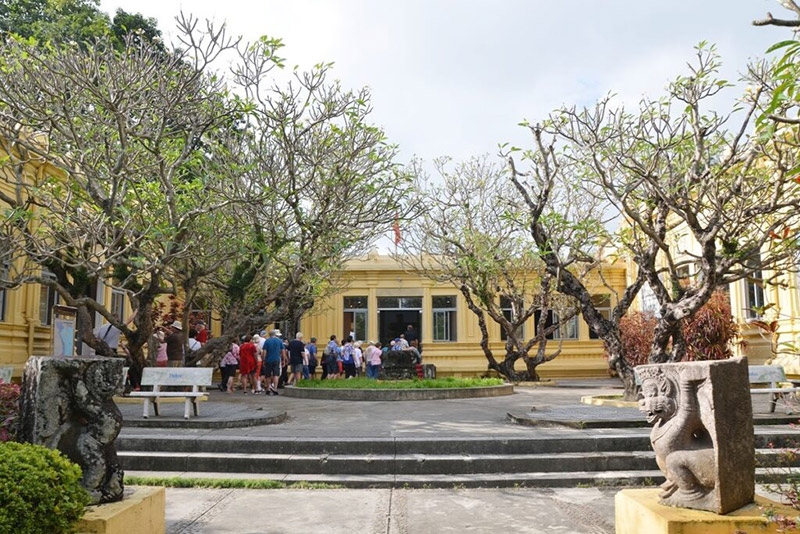
Cham Sculpture Museum Da Nang is the largest museum displaying Cham artefacts in Vietnam, directly under the Danang Museum. This museum was built by the French who specialized in collecting, storing and displaying relics of the Champa Kingdom found in Cham citadels and towers in the south-central coastal provinces from Ha Tinh to Binh Thuan, and the central highland provinces.
1. History
Construction of the Danang Cham Museum began in July 1915 with the help of French scientists from the School of the Ancient Far East and was officially opened in 1919. The Museum of Cham Sculpture has seen many ups and downs in its history. In order to look as charming as it does today, it has also undergone numerous repairs, remodelling and finishing touches.
The Da Nang Museum of Cham Sculpture has around 2,000 extremely precious and small objects of Cham sculpture, found in Cham towers and citadels in the provinces of the central highlands and the south central coast. Nearly 500 objects are displayed in the museum, 187 are displayed on the museum campus and more than 1,200 are in storage.
2. Address
Located on the bank of the Han River, at the corner of Bach Dang and Trung Nu Vuong streets, the Cham Museum is currently the only Cham museum in the world. It is regarded as the pride of the local population of Da Nang that visitors should not miss once they have visited the city of Da Nang.
3. Entrance fees and opening hours
To visit the Cham Museum in Da Nang, you need to buy an admission ticket. Admission to the Danang Cham Museum costs VND10,000 (half a dollar) for children and students and VND60,000 (USD3) for adults.
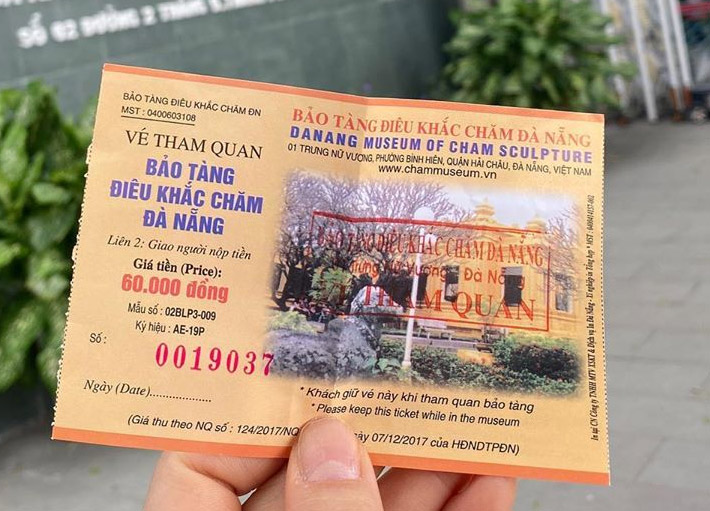
The opening hours of the Da Nang Cham Museum are between 7am and 5.30pm every day. Therefore, if you want to get the most excitement, you should book Da Nang city tours via Vietnam Itinerary.
What to see at the Cham Sculpture Museum?
4.1 My Son Gallery
In the Cham Sculpture Museum, there is a gallery of archaeological artefacts from the shrine of My Son, Quang Nam which is about 40km from the centre of Da Nang city. The gallery has preserved 18 objects from three different groups, namely the group from the main tower, the group from the secondary tower and the group of decorative objects on the front and wall of the tower.
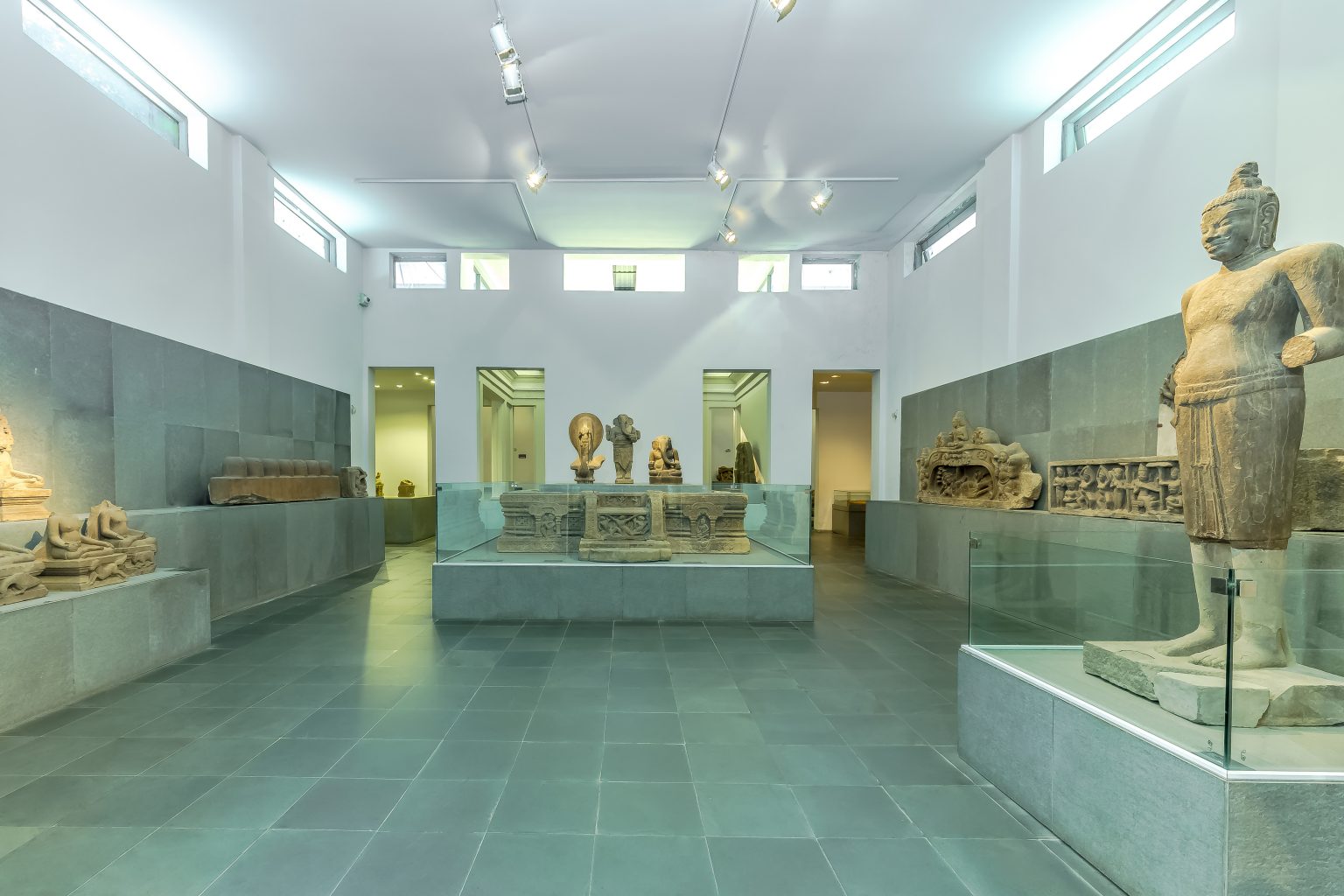
The objects displayed in the My Son Gallery of the Danang Museum of Cham Sculpture must include the statues of Shiva, Ganesha, the birth of Brahma, the monument and the inscription.
4.2. Tra Kieu Hall
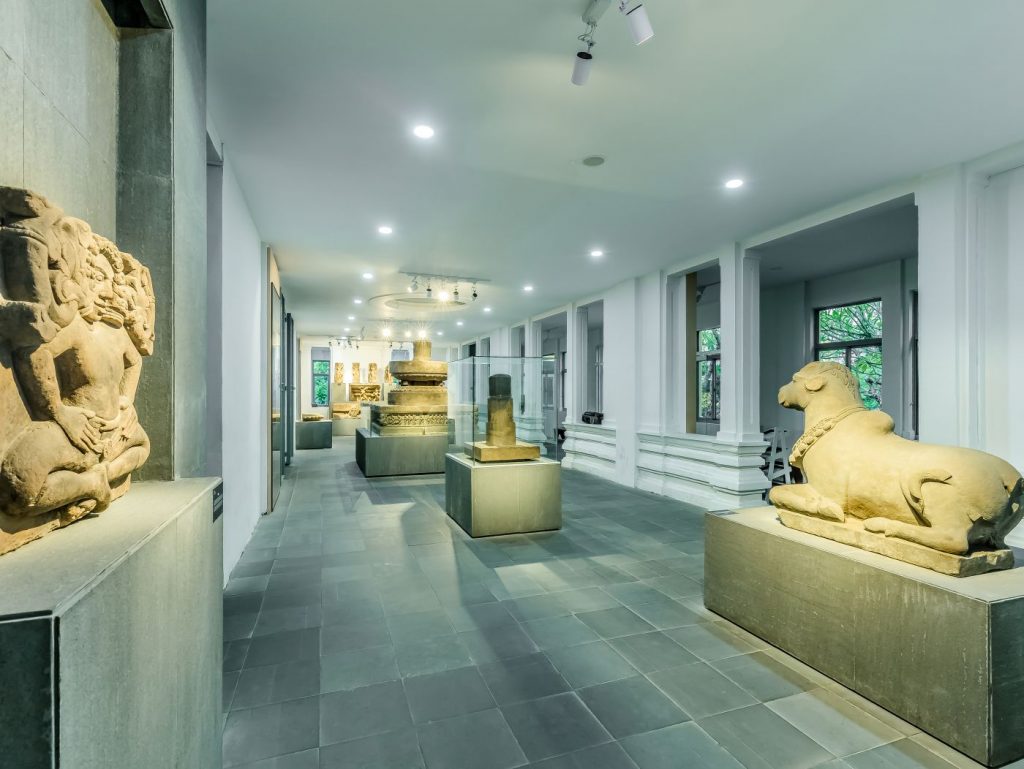
The Tra Kieu Room is a gallery of objects collected in Tra Kieu, Day Son commune, Duy Xuyen district, Quang Nam province, known as the first capital of the Champa kingdom. The Tra Kieu Hall of the Museum of Cham Sculpture has preserved more than 43 works from the 7th-8th and 9th-12th centuries. It contains several remarkable objects such as Shiva, Vishnu, the monument, the ability to create, etc.
4.3. Dong Duong Hall
Located 20 km from the My Son valley, there was once a Buddhist centre of the Champa people in Dong Duong village, Thanh Binh district, Quang Nam province. The Dong Duong hall has numerous Buddhist sculptures with some distinctive influences from India and China, while retaining indigenous elements. As a result, it is an extremely unique impression of Champa art that has attracted hundreds of visitors to the Cham Museum every month.
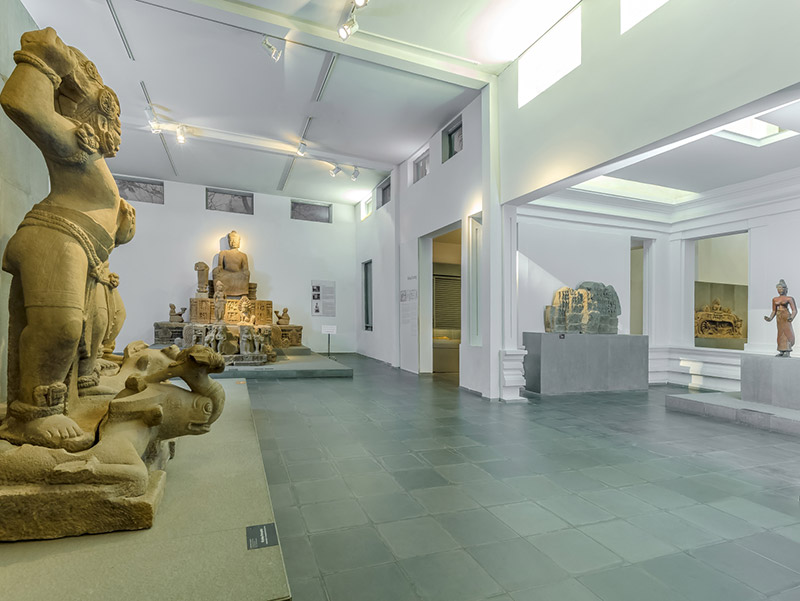
In the Dong Duong Hall of the Da Nang Museum of Cham Sculpture, you can admire 21 works from the Dong Duong Tower. In addition, you can easily spot a very extraordinary Champa-style Bodhisattva statue along with many other Buddha statues, Deva statues, Dharma protector, church, etc.
4.4 Thap Mam galleries, Binh Dinh
This gallery of the Da Nang Vietnamese Cham Museum was built to preserve and archive the artefacts of the Champa people of Binh Dinh province. It contains some 67 extremely delicate sculptures by the Cham people of Binh Dinh, dating from the 12th to 15th centuries.
Follow the rules when visiting
– Do not climb, sit on the exhibition platform, touch the objects in the Da Nang Cham Museum.
– Do not bring toxic substances, explosives, weapons, flammable substances, oversized furniture or other dangerous objects into the museum.
– When you enter the gallery, you are not allowed to smoke, wear mackintoshes, and remember to dispose of your rubbish in the prescribed place.
– Do not use flash photography or tripods.
– Do not paddle trees, break branches or pick fruit.
– Do not laugh or make loud noises while visiting the museum.
How do I get to the Cham Da Nang Museum?
Located on the corner of Bach Dang and Trung Nu Vuong streets, on the banks of the Han River, the Cham Danang Vietnam Museum is very easy to get to. You can either take a taxi, ride a scooter with a helmet, or take a public bus to get there.
If you want to visit not only the Da Nang Cham Museum, but also all the important sites in the city, you should book the full-day Da Nang city tour with Vietnam Itinerary. Your happiness and satisfaction are always at the top of our priority list.
